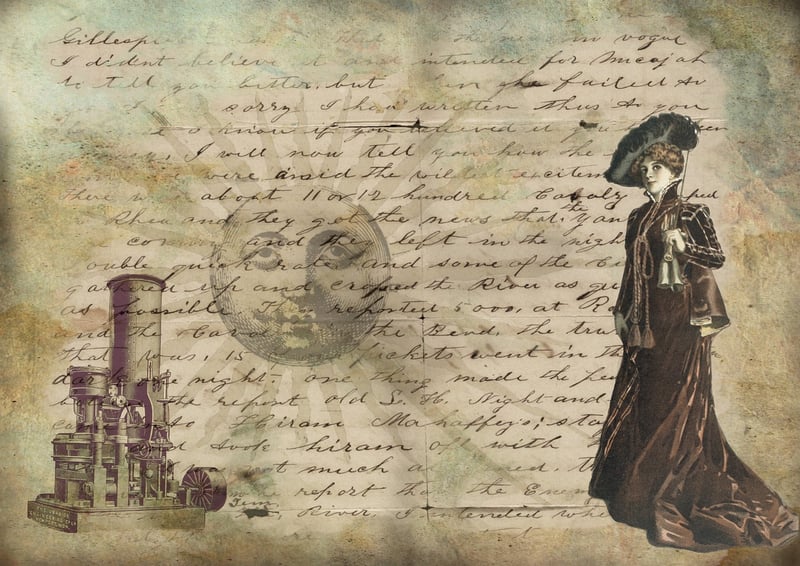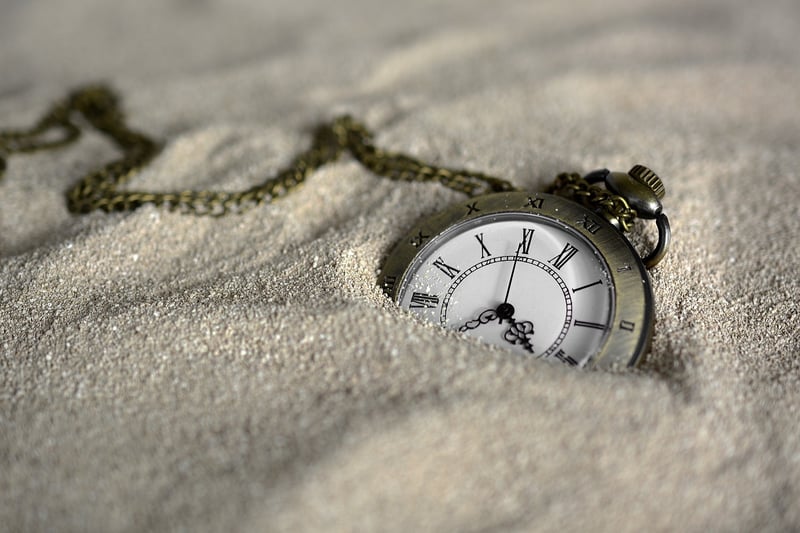Historical Etiquette
Guidance for Time Travelers and Historical Etiquette
Introduction
Welcome, time traveler! Whether you find yourself journeying to the past or future, it's important to be mindful of the etiquette and customs of the time period you are visiting. This guide will help you navigate various historical eras with poise and respect.
Victorian Era (1837-1901)

In the Victorian era, proper attire was crucial. Men should wear suits with top hats, while women should don long dresses with gloves and hats. Remember to address people by their titles and surnames, and always use formal language.
Renaissance Period (14th-17th century)

During the Renaissance, art and culture thrived. Show respect for artists and intellectuals, engage in philosophical discussions, and appreciate the beauty of the period's architecture and paintings.
Ancient Rome (753 BC-476 AD)

When in Ancient Rome, follow the customs of the time by attending gladiator games, participating in feasts, and showing reverence to the gods. Remember to use the proper Roman salutation, "Ave!"
Future Society (TBD)

In the future, technological advancements may shape society. Embrace innovation, respect privacy laws, and adapt to new social norms. Be open-minded and curious about the changes you encounter.
Conclusion
Time travel offers a unique opportunity to explore different cultures and time periods. By following these guidelines and showing respect for the customs of each era, you can make the most of your temporal adventures. Safe travels!
